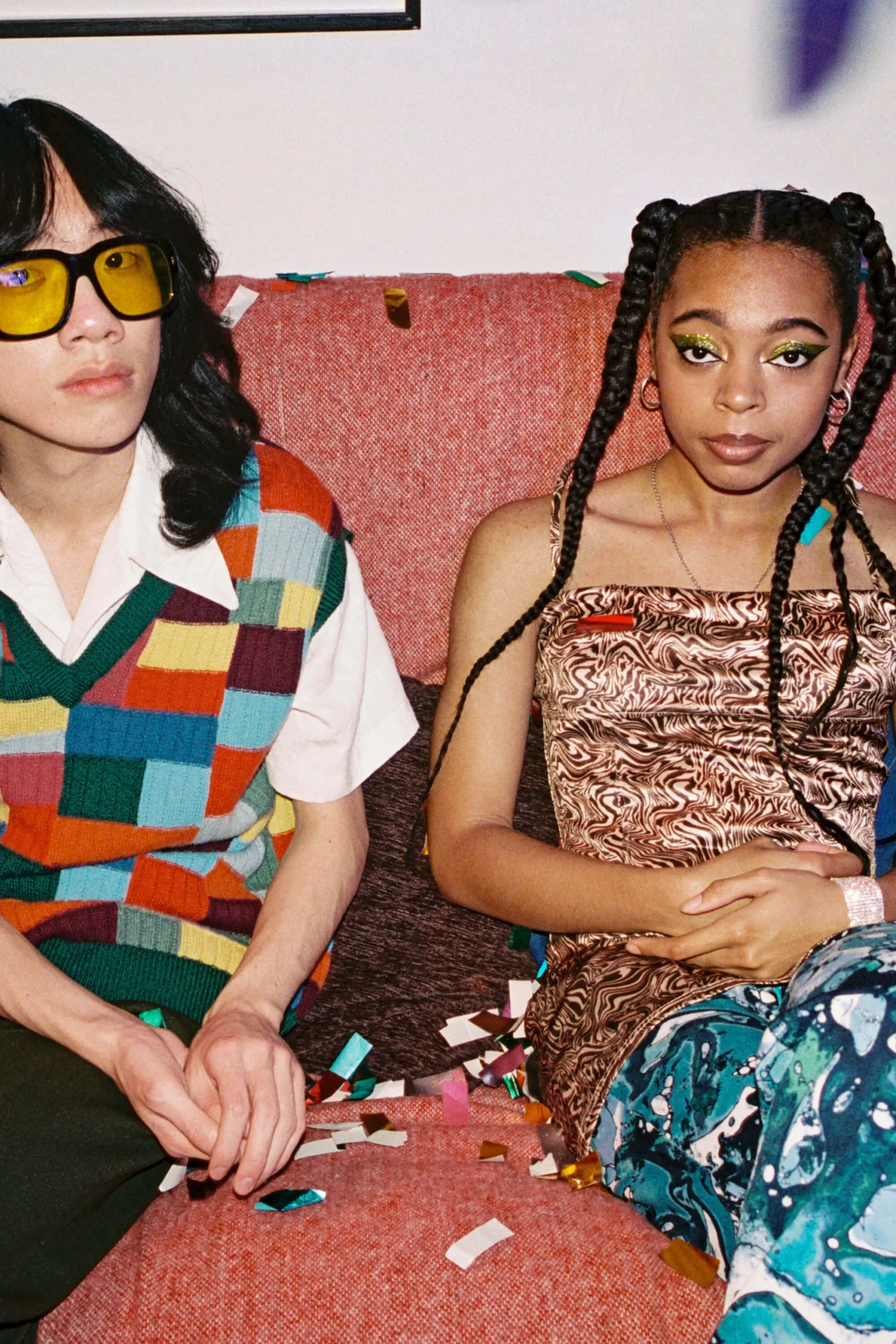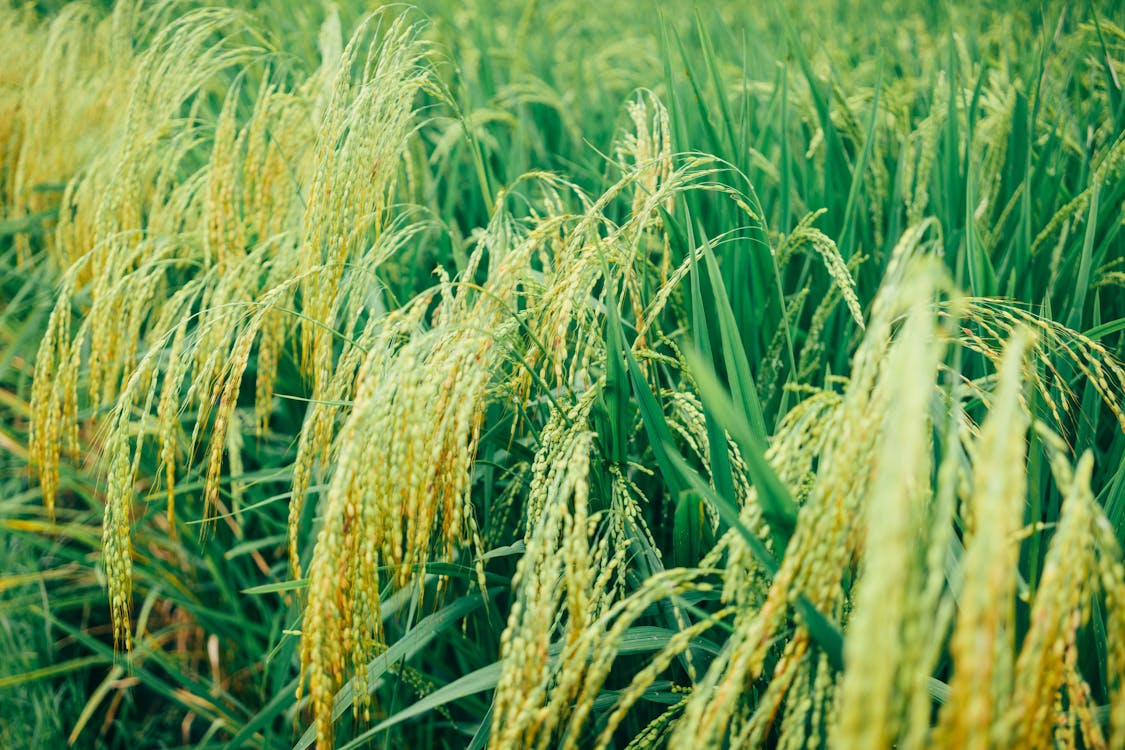If you’re like most consumers, every single plastic garbage bag you’ve ever used still exists on this planet.
Plastic garbage bags are widely used by people worldwide as a convenient way to dispose of their garbage but can take up to 1000 years to decompose, taking up space in landfills, breaking down into harmful microplastics that end up in our ecosystem, and emitting toxic methane into the atmosphere. Currently, methane is responsible for about 30% of the Earth’s rising temperature and has around 25 times more of a global warming effect than the more widely known carbon dioxide. With that said, the power to spark change lies in our hands.
Enter, biodegradable plastic.
Often made with renewable raw materials and sustainable polymers such as cornstarch and polylactic acid, the production process of biodegradable garbage bags emits less CO2 than crude oil based plastic bags as well as degrading faster, sometimes in as little as 3 months. More sustainable and accessible than ever, these are a great alternative to traditional plastic bags that continue to harm the environment.
So, how do they work?
Biodegradable garbage bags work by harnessing microbes and bacteria naturally occurring in soil to break down the materials in the bag into water, carbon dioxide, and biomass. However, due to their environment-sensitive nature, it is best to keep them in a cool, dry, and dark place, and avoid using them to store liquids for extended periods of time. Most of the bags featured on this list decompose within 6 months in microbe-rich and warm environments like family gardens and composting drop-off centers.

However, these bags are not ideal for landfills…
…but rather composting systems or home composting bins. Landfills lack the environment to allow the bag to biodegrade fully, resulting in a slower breakdown. As best practice, look for compost bins and centers near you and refer to local recycling and waste disposal policies before implementing any changes. However, the production of biodegradable garbage bags still emits less CO2 into the atmosphere and prevents new harmful plastics from being created, so it remains a sustainable alternative.
When looking at biodegradable bags, you may also see “bioplastic” or “plant-based plastic.” While these sound promising as they are also based from raw materials and are more sustainably manufactured, it is important to note that these do not necessarily mean they are compostable. If you’re unsure, check if the bag is compost certified by the ASTM, TUV, or BPI certifications.
Whether you’re an environmentally-conscious individual looking for greener swaps or a business owner looking to inspire change on larger scales, there’s a biodegradable garbage bag out there for you.
Here are the best biodegradable garbage bags for every type of consumer:
For Casual Composters: UNNI Compostable Small Food Scrap Bags
If you’re looking for a smaller, space-saving, biodegradable and compostable option, we recommend UNNI. Coming in a variety of sizes from 2.6 to 13 gallons for their food scraps line, this corn-based, home-use certified alternative to plastic is a great choice for casual composters to make the best use of food scraps without having to commit to larger, heavy-duty bags. These decompose within 180 days, making them a perfect option to toss into a composting bin. These also come in a conveniently sized, tissue box like container, which makes storing and grabbing them easy.

Price at publish: $14 for 100
For Budget-Conscious Consumers: Grefusion Compostable Bags
At as little as 11 cents a bag, Grefusion’s compostable bags are a great choice for those on a budget. While a perfect size for home composting, customers also rave about their durability and resistance to leaks and tears.
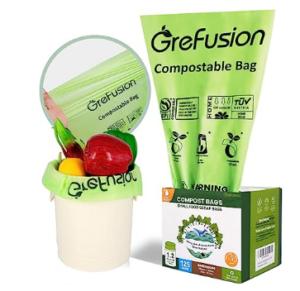
Price at publish: Starting at $30 for 270
For Efficiency Seekers: UNNI Drawstring Compostable Trash Bags
UNNI’s 13 gallon bags are one of the few biodegradable garbage bags that feature a drawstring for a faster and easier method of waste disposal. When switching to biodegradable bags, these are a perfect option that still maintains the convenience, size, and flexibility of traditional plastic trash bags.

Price at publish: $19 for 30
For Urban Dwellers: SUPERBIO Handle-Tie Compostable Bags
If you live in an urban space with the need to transport items to an external compost bin or garbage chute, SUPERBIO bags are an excellent option due to their compact boxes and handle-tie bags. The handle tie makes it easy for users to simply grab a bag, tie it up, and carry it to the nearest disposal center. The tie-handle feature comes in bags ranging from 2.6 to 13 gallons and is perfect for home use.
Price at publish: Starting at $22 for 100
For Families: HoldOn Staples Set
The HoldOn staples set is a perfect option for families or anyone who wants a convenient way to stock up on a variety of biodegradable and climate-friendly bags. This set contains a set of 13 and 4-gallon trash bags, as well as 1-gallon and sandwich-sized zip-seal bags, both fully compostable and convenient for food storage and disposal. This serves as an excellent sampler for all of their products, as well as stocking up on essentials that are normally single-use plastics.
Price at publish: $50 for 215 (variety pack)
For Eco-Conscious Businesses: Reli Compostable Bags
Sold in large quantities but at a discounted price, Reli’s compostable bags are a great option for businesses and larger-scale organizations. Reli also offers bioplastic that, while non-biodegradable, is plant-based, which prevents new plastic from being made at a discount for increased quantities. The bags themselves also come in a variety of large sizes to fit any business.
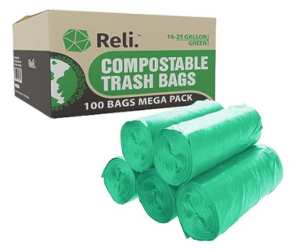
Price at publish: Starting at $20 for 100
For Home Cooks: Bio trashbag Compostable Drawstring Trash Bags
This corn-based, biodegradable alternative is an excellent option for kitchens due to its flexible size, seamless bottom, and strong material which prevents leaks and tears from leftover food. These also feature a drawstring for easy disposal and transport and will decompose to organic matter within 6-12 months.
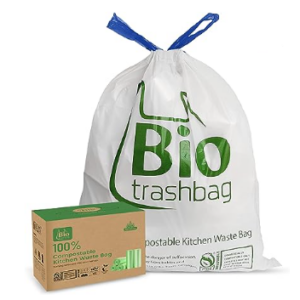
Price at publish: Starting at $22 for 50
For Landscapers: Biobag Lawn & Leaf Bags
Biobag, one of the most popular producers in the biodegradable bag space, has a line of large options perfect for disposing of yard waste such as leaves and plant matter, which allows them to decompose back to Earth instead of sitting in plastic. Biodegradable bags allow you to decompose the leaves right in your backyard, without the hassle of scattered and disorganized waste. At 33 gallons, this introduces a more convenient and durable alternative to paper lawn bags, as they are more water resistant and easy to store, breathable, while still plant-based.


Price at publish: $22 for 20
For Pet Owners: Doggy Do Good Pet Waste Bags
Pet litter bags, a commonly overlooked single-use plastic, also have greener alternatives. Doggy Do Good prides themselves on their thicker plastic material and leak-free technology while being 38% vegetable-based. Despite their name, these bags are also suitable for disposing of cat litter. They also donate 1% of annual sales to animal welfare organizations so you can feel good about where your money is going.

Price at publish: $9 for 60



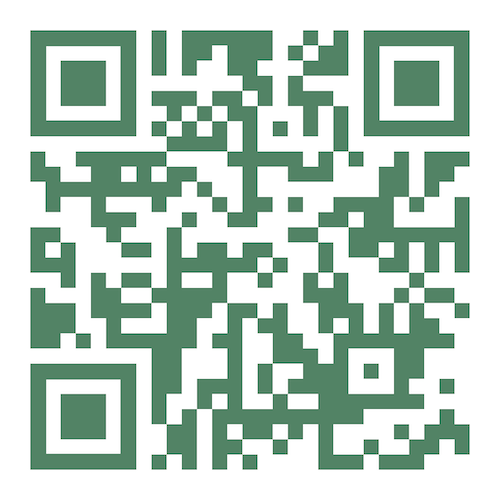



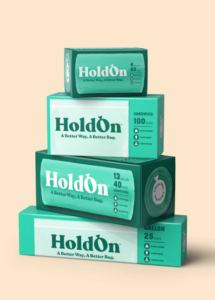
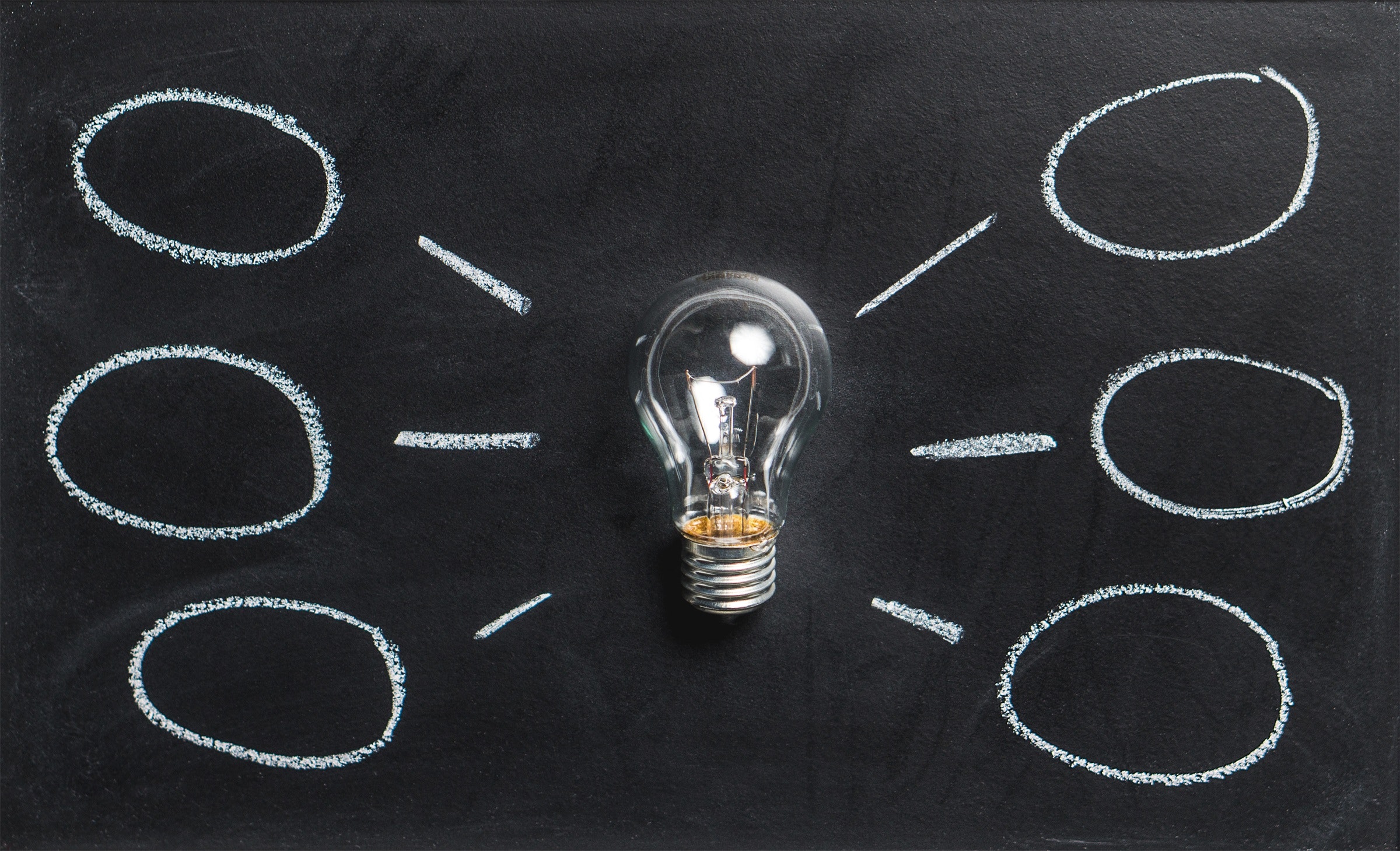




 Source:
Source: 